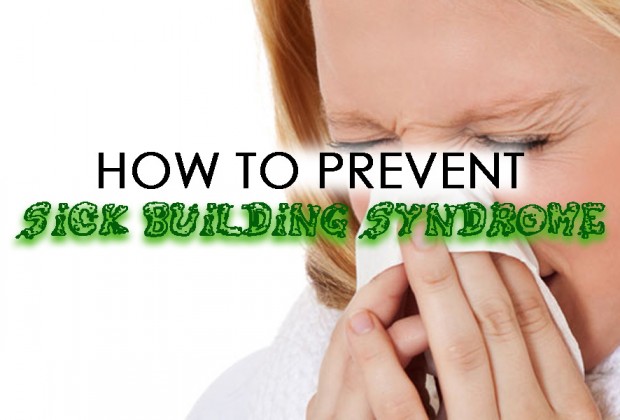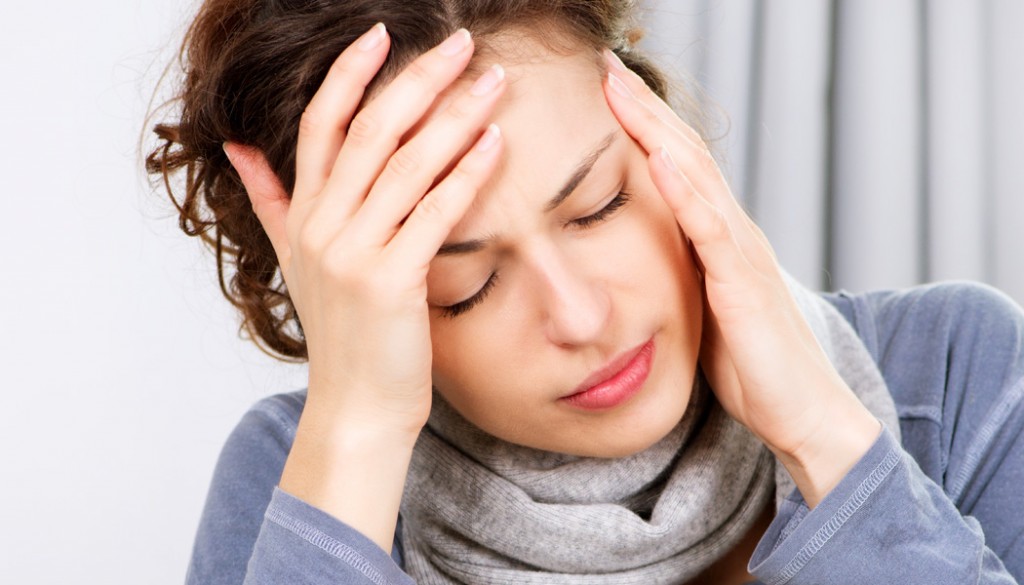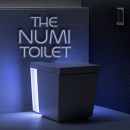Have you ever felt sick from breathing in the air at your workplace or in your own home? Sometimes indoor air feels stuffy and thick, and you need to go outside and escape to get some much needed “fresh air.” Most people spend the bulk of their daily activities indoors, and it’s easy to dismiss the quality of air that you’re breathing. Aside from food and pet odors, have you ever given your indoor air quality a second thought? If not, you’re definitely not alone. But if you neglect your indoor air quality, you could be at serious risk of a variety of different health issues! More specifically, you could experience Sick Building Syndrome.
What Is Sick Building Syndrome?
Sick Building Syndrome (SBS) is what results from exposure to different harmful chemicals in the air, whether it be at home or at work. You may experience SBS if you spend great amounts of time in poorly-ventilated, but well-sealed indoor spaces that contain harmful toxins in the air. Common toxins include formaldehyde, mold, mildew, volatile organic compounds (VOCs), and more.
Symptoms
Symptoms of Sick Building Syndrome are generally described as ailments that you experience while you’re in a certain building (work, home, etc). The symptoms will normally pass upon leaving the building. Common symptoms of SBS include:
- Headache
- Nausea
- Fatigue
- Dizziness
- Difficulty Concentrating
- Eye, Nose & Throat Irritation
If the symptoms stay with you or worsen upon leaving the building, you may be experiencing Building Related Illness (BRI). Symptoms of BRI include:
- Chills
- Fever
- Cough
- Muscle Aches
- Tightness in the chest
Causes
As mentioned earlier, Sick Building Syndrome is caused by many different toxins being circulated in your indoor air. This is why it is very imperative that you are aware of the indoor air quality, whether you’re at work or at home. You do not want to spend long hours in an environment that can cause long term health problems! That being said, here are a few different examples of toxins and other indoor air quality factors that can cause SBS, and eventually Building Related Illness if not taken care of in a timely manner:
- Paint Fumes
- Poor Air Circulation
- Smoke
- Dustmites
- Pet Dander
- Toxic Household Cleaners
- Natural Gas/CO2
- Bacteria From Toilet Bowl
- Carbon Monoxide
- Oil & Gas Fumes
How To Prevent Sick Building Syndrome
If you believe that you’re experiencing Sick Building Syndrome, then the first step to effectively eliminate SBS is to treat your symptoms first. Next, you want to give your home or office the proper treatment it needs to address the indoor air quality of the environment. Once you’ve gotten rid of the harmful toxins that have been circulating in the air, you will notice a dramatic increase in overall breathability and health of the indoor air. As a result, you will be able to live and breathe without experiencing the symptoms of SBS, even while you spend time in the once-affected environment.
Once again, it’s very VERY important for you to be aware of the Indoor Air Quality while you’re at home or at work, because bad air can make you sick! At A#1 Air, we are the experts in Indoor Air Quality, and we are glad to be able to help you stay safe and breathing easy. For more information, check out our IAQ Page. Contact us today.
Sources
https://en.wikipedia.org/wiki/Sick_building_syndrome
http://www.globalhealingcenter.com/health-hazards-to-know-about/industrial-chemical-toxins








